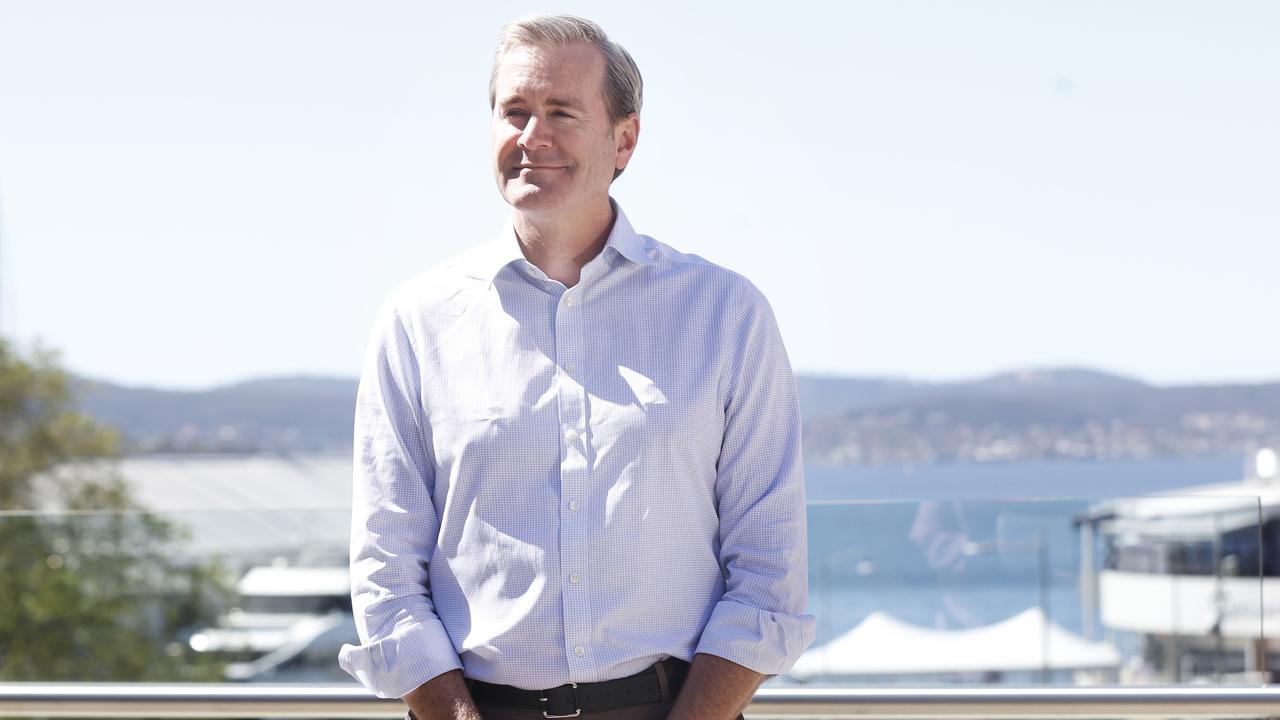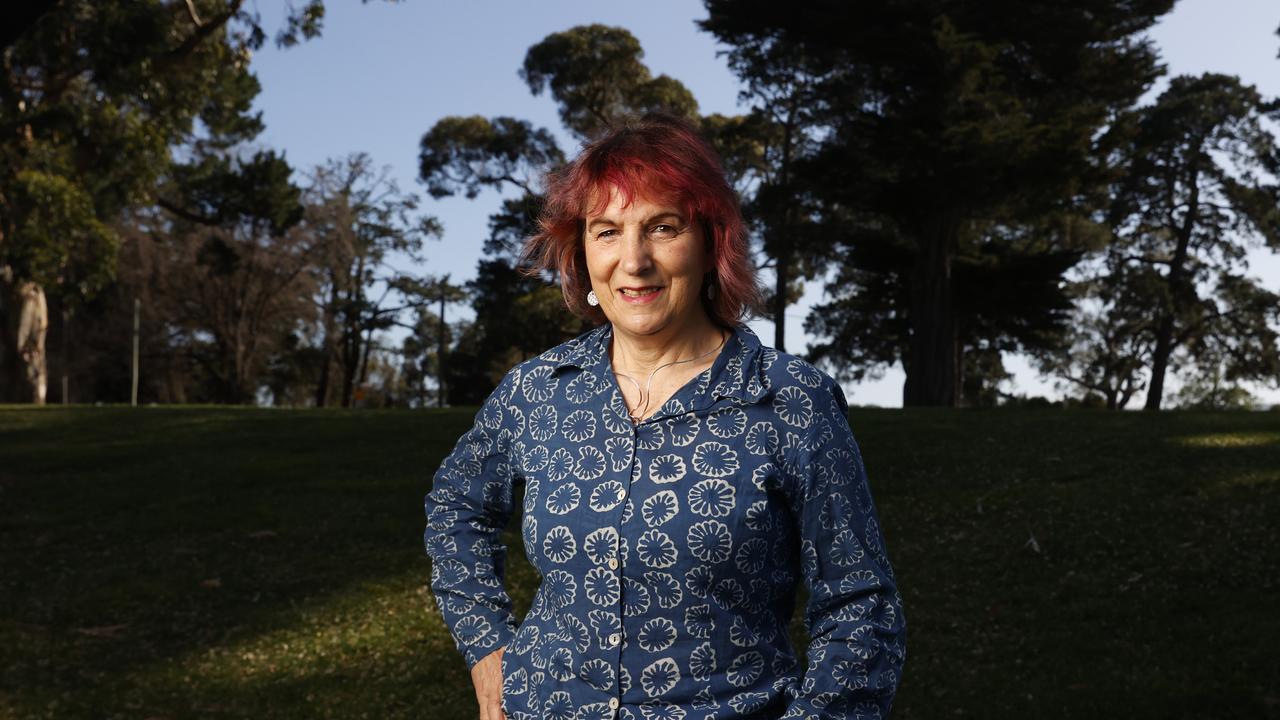Tasmania celebrates centenary of iconic Cradle Mountain-Lake St Clair National Park
As Tasmania marks the centenary of one of its oldest national parks, conflict is escalating over competing visions for its future.
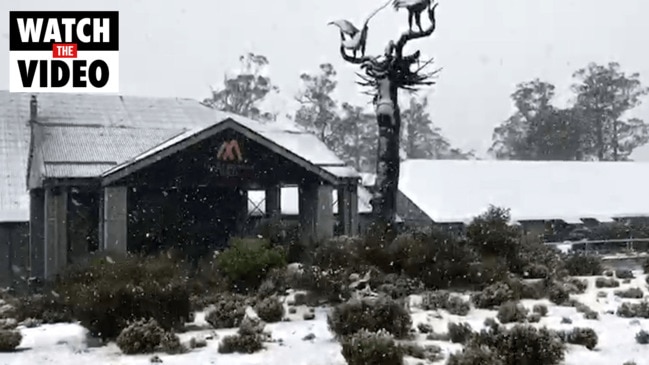
Tasmania
Don't miss out on the headlines from Tasmania. Followed categories will be added to My News.
Standing at the summit of Cradle Mountain on January 4, 1910, Gustav Weindorfer examined the sublime landscape laid out before him.
With his wife, Kate, by his side, the awe-struck botanist declared: “This must be a national park for the people for all time. It is magnificent, and people must know about it and enjoy it.”
Tasmanian Walking Company general manager Heath Garratt said the words of Weindorfer had stuck with him since he was a child.
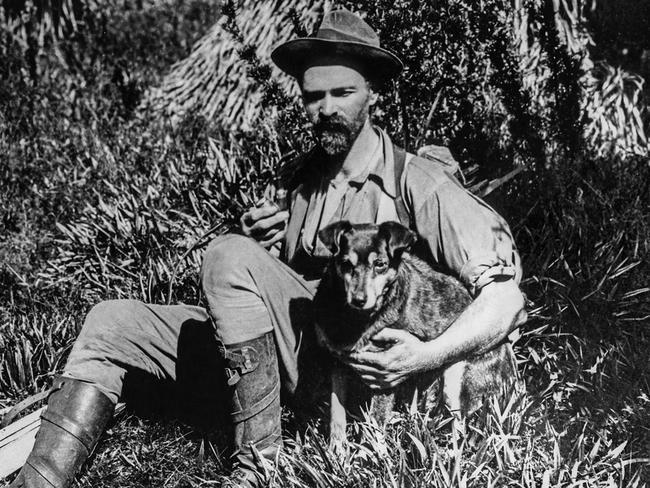
“I’ve always had an affinity with him,” the Burnie-born businessman said. “We went to the Gustav memorial days as kids and it was always a pretty special thing to be a part of.”
The Weindorfers, pioneers of wilderness tourism in Tasmania, built a home and a guest chalet, called Waldheim (German for ‘forest home’), on Crown land in the Cradle Valley in 1912.
One-hundred years ago, on May 16, 1922, an area of 63,943 hectares was gazetted as a scenic reserve in the Cradle Mountain-Lake St Clair area, realising the very dream Weindorfer had uttered atop the mountain a decade earlier.
Boasting deep glacial lakes, primordial rainforests, imposing peaks, and vividly coloured alpine heathlands, the national park is a playground for nature-lovers.

From Dove Lake at the northern end to Mount Rufus in the south, the park offers an abundance of natural wonders to appreciate.
The Tasmanian Walking Company runs a number of guided walks in the area, including a six-day trek on the iconic Overland Track.
Mr Garratt admitted there was a “controversial element to what we do” but said he wanted the company to always stay true to Weindorfer’s values, allowing people to enjoy the national park while also protecting it against the impacts of over-visitation.
“ (Weindorfer) would be mortified if we were to get that wrong,” he said. “It’s a consideration we need to keep front of mind, making sure we get the balance right.”
Of course, no-one wants to protect the place more than the Tasmanian Aboriginal community.

The Cradle Mountain-Lake St Clair area is the country of the Big River tribe and holds immense cultural significance for the palawa people.
Sharnie Read, who works for the Tasmanian Aboriginal Centre as a project facilitator for the rrala milaythina-ti/Strong In Country Project, leads community groups out onto country right across the island, including the Cradle Mountain-Lake St Clair National Park.
“It’s a space where we still connect to our old people and their old ways,” Ms Read said of the area. “But it’s a teaching space for us, as well.”
“Because those landscapes are actually really highly connected to a number of our creation stories.
“For instance, ballawinne, which is red ochre, the creation story of red ochre and the ability of us as a community right across lutruwita, right across the whole island, to have access to ochre comes from that country, comes from Big River country. That’s where it all began.”
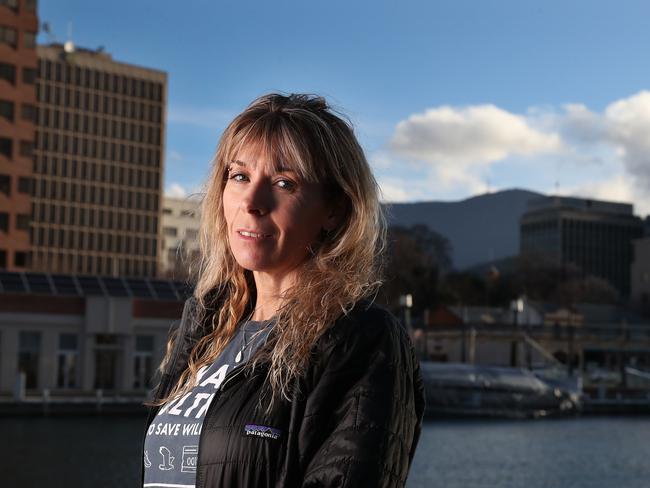
Ms Read said Tasmanian Aboriginal people should not be seen as mere stakeholders in the wilderness tourism debate, but instead be given an active role in the management of wild places.
The government’s $160m Cradle Mountain Master Plan, unveiled six years ago, was developed after interstate visitation to the area fell by 25 per cent in the five years to 2014-15.
The aim of the plan – the centrepiece of which is a cableway to Dove Lake – is to increase the number of visitors to the park by improving the tourism experience with further investment in infrastructure and the facilitation of private development opportunities.
An additional 58,600 annual visitors are expected to flood into the place once the plan comes to fruition.
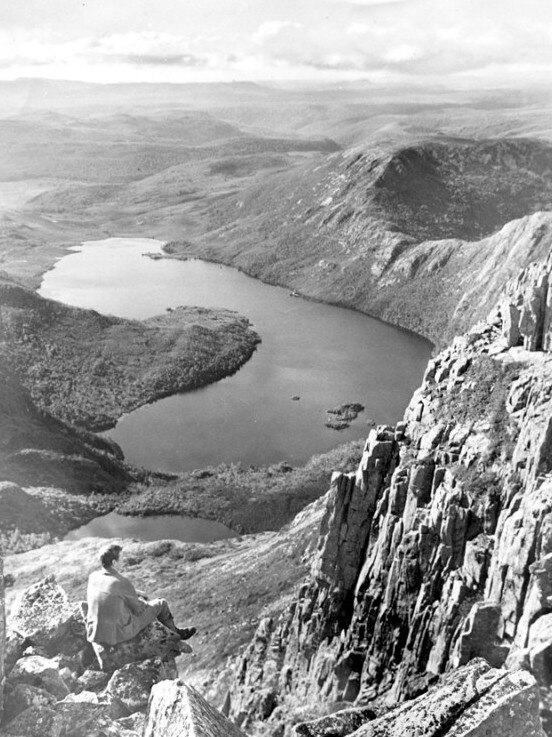
Tom Wootton, chief executive of regional tourism body West by North West, said he believed the vision for the future of Cradle Mountain was a responsible one.
“If this is to remain a ‘park for the people’, true to Weindorfer’s vision, then it’s perhaps less about shutting people out and more about carefully managing the number, flow and behaviour of visitors,” he said.
But Greens leader Cassy O’Connor is of the view that the Liberals and “Big Tourism” want to turn Cradle Mountain into a “Disneyland”.
“A gimcrack cableway is anathema to the wildness of the place,” she said.
“It’s not too late for a rethink.”
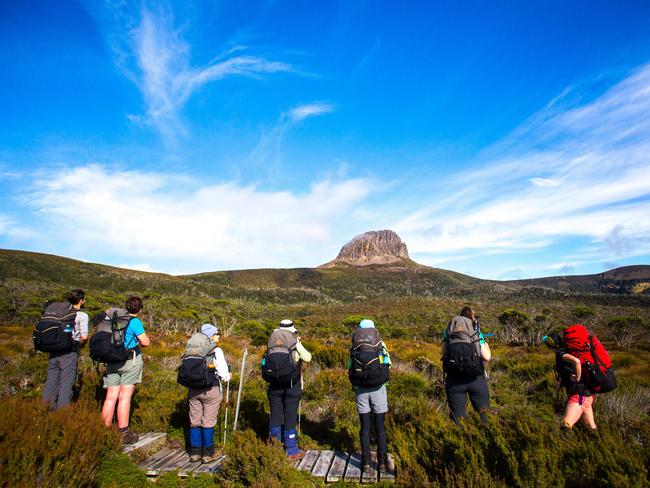
Ms O’Connor also warned of the threat posed by climate change to plant species in the national park over the next century, such as pencil pines, the deciduous beech – or fagus – and King Billy pines, which are all vulnerable to fire.
Parks Minister Jacquie Petrusma said the centenary of Cradle Mountain-Lake St Clair being proclaimed a protected area was “an important milestone”.
“Our key goal for the next 100 years is to continue to enhance the visitor experience, while also preserving and protecting this iconic location,” she said.
Survey an ‘embarrassment’ to Cradle Mountain cable car push
The Tasmania Parks and Wildlife Service (PWS) has defended itself against claims it deliberately kept a visitor survey under wraps out of concern the results could undermine the case for a cable car at Cradle Mountain.
The leaked report, compiled by market research firm EMRS on behalf of the PWS, was completed in May 2021, surveying 600 visitors to Cradle Mountain.
Despite the survey finding that visitors were overwhelmingly satisfied with their experience at the national park, the results were never publicly released.

Tasmanian National Parks Association president Nick Sawyer believes this is because the findings could have dealt a blow to the proposal for a cableway connecting the Cradle Mountain Visitor Centre to Dove Lake.
The survey found that 97 per cent of respondents were “satisfied” with the existing Dove Lake shuttle bus service, with 89 per cent saying they were “very satisfied”.
“There’s some questions about why on earth this hasn’t been publicly released and why Parks aren’t crowing about how good the shuttle bus service is,” Mr Sawyer said.
“I can only think it’s because it would be seen as an embarrassment to the cable car argument.”
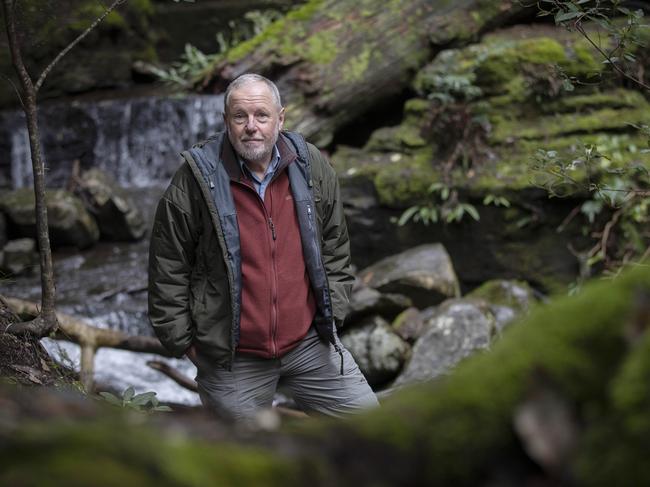
The planned $60m low-level cableway would provide an all-year, all-weather service and is projected to bring an additional 60,000 visitors to the area.
It would be jointly funded by the Tasmanian and federal governments.
A PWS spokeswoman said surveys such as this “are not generally publicly released”.
“They are part of our ongoing monitoring of such sites, undertaken for internal management purposes and help PWS ensure it is delivering services and experiences that meet visitor expectations,” the spokeswoman said.
“It is encouraging that there is a high level of satisfaction with the current shuttle bus services.
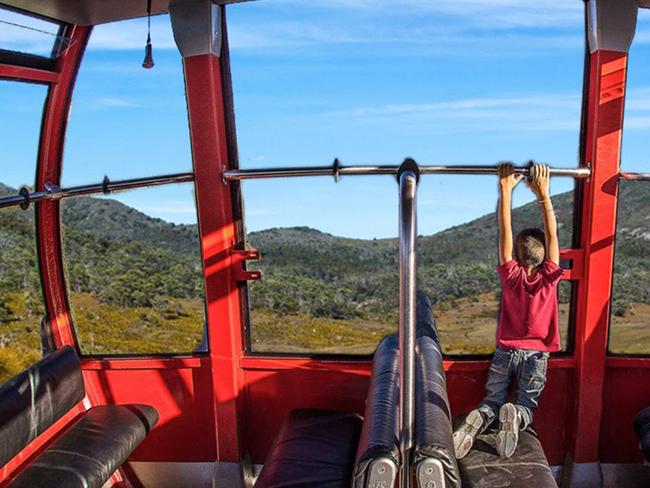
“The Cradle Mountain Master Plan and associated projects are specifically to ensure that this park is sensitively and responsibly managed into the future, including to cater to visitor numbers, best manage visitor flows and accessibility, and to protect the natural environment.”
The visitor survey also found that 81 per cent of respondents rated their overall experience at Cradle Mountain “at the highest scores of ‘9’ or ‘10’ out of 10”, with 56 per cent giving it a 10.
Meanwhile, 87 per cent said they felt the number of people visiting Cradle Mountain to be “about right”. The survey was conducted when Covid-related travel restrictions were in place and it’s expected that visitor numbers – which will be updated at the end of the financial year – will have increased markedly since the borders were reopened in December.
More Coverage
Originally published as Tasmania celebrates centenary of iconic Cradle Mountain-Lake St Clair National Park




